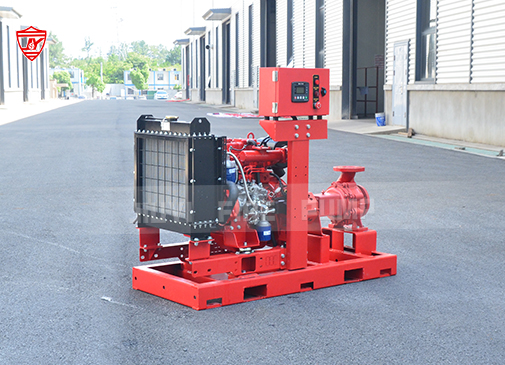Fire pumps play a crucial role in fire protection systems, ensuring reliable water supply during emergencies. However, they can also be a significant source of energy consumption. Optimizing fire pump efficiency not only reduces operational costs but also enhances sustainability. In this article, we’ll explore practical strategies to minimize energy usage while maintaining fire safety compliance.

Selecting the right fire pump is the first step in reducing energy consumption. Look for UL-listed and NFPA 20-compliant pumps designed for optimal efficiency. High-efficiency motors and properly sized pumps help prevent energy wastage.
Oversized fire pumps lead to excessive energy consumption. Properly sizing the pump according to system requirements ensures it operates within its optimal efficiency range. Consulting with experts during the design phase can help avoid inefficiencies.
Installing Variable Frequency Drives (VFDs) can significantly reduce energy consumption by adjusting motor speed based on demand. While VFDs are not always required in fire pumps, in certain setups, they can provide efficiency benefits during testing and non-emergency operations.
Routine maintenance and performance testing help detect inefficiencies caused by wear, blockages, or misalignment. Regular lubrication, checking for leaks, and testing pump curves can ensure the system operates efficiently.
Poor piping design can cause friction losses, requiring the pump to work harder. Optimizing pipe size, layout, and fittings reduces resistance, leading to lower energy consumption.
Fire pumps require periodic testing to ensure reliability. Instead of discharging test water to waste, consider using a closed-loop test system to conserve energy and water.
Modern fire pump monitoring systems provide real-time data on performance, pressure levels, and energy usage. These systems allow facility managers to identify inefficiencies and optimize operations.
Reducing energy consumption in fire pump operations requires a combination of proper pump selection, regular maintenance, efficient system design, and smart monitoring. Implementing these strategies not only cuts costs but also promotes sustainability while ensuring reliable fire protection.